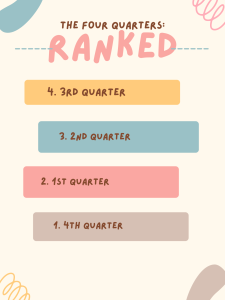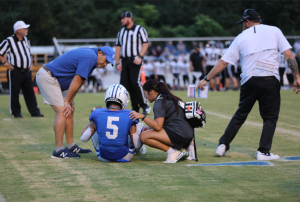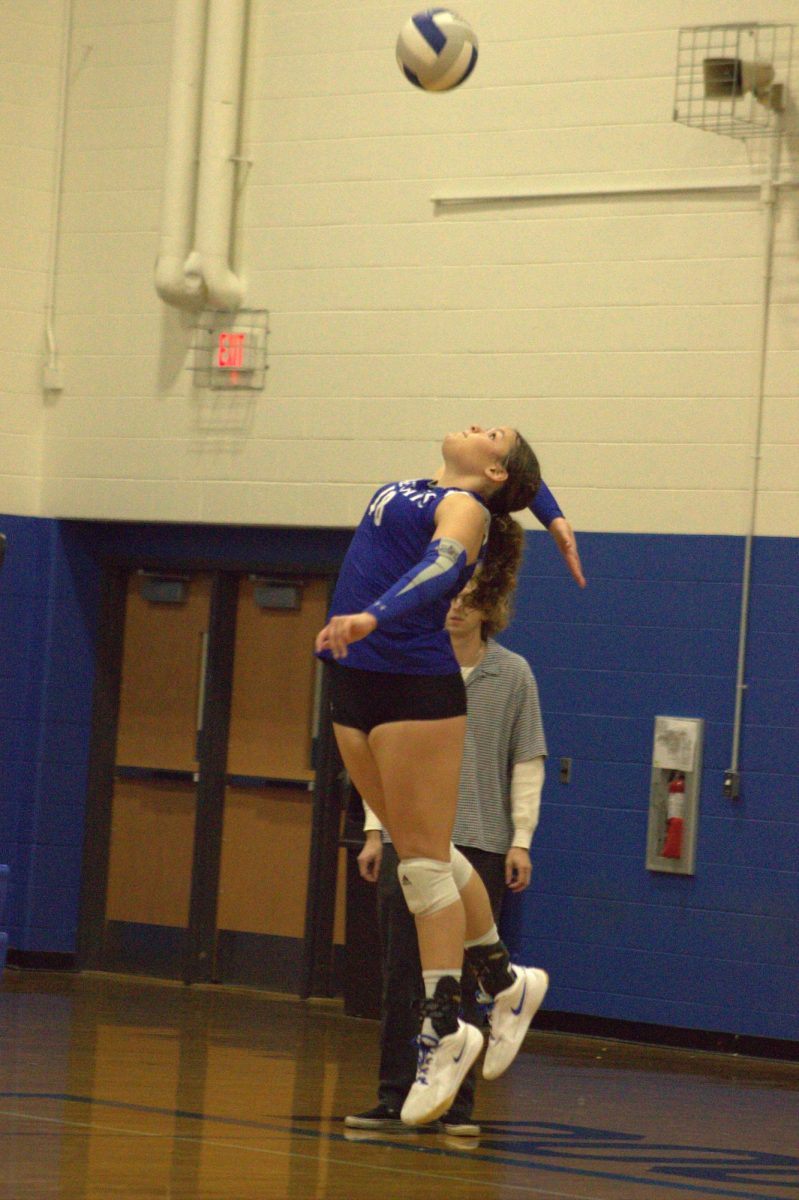Latin Students Dabble In Greek
February 20, 2018
During the second grading period, students in Dr. Patrick Bradley’s level IV, V, and VI Advanced Latin classes took a detour from their Latin curriculum to explore an entirely new language: Ancient Greek. Bradley, who studied both languages throughout undergraduate and graduate school, began by teaching students the Greek alphabet, as well as fundamental grammatical concepts and vocabulary.
Students had to become familiar with the new symbols and pronunciations of the Greek alphabet, which posed a challenge to even experienced Latin students.
“The hardest part about Greek is getting used to the new alphabet and its pronunciation,” said senior Analise LaRiviere. “It’s especially difficult when some Greek letters look like the English counterpart, but are pronounced differently.”
Bradley explained that, while entirely separate languages, Latin and Greek (or the “classical languages”) are often studied together as a result of their grammatical similarities.
“Comparing two languages that are more closely related gives you a chance to apply what you know in Latin to help you understand this other language,” said Bradley. “A lot of the concepts, like declining a noun and case usage, are similar, but there are little differences.”
Though both Latin and Ancient Greek are dead languages, many of their prefixes, suffixes, and word roots were passed on to modern English. Examples of these Greek origins include the words “theology”, “philosopher”, and “antique”.
“Greek and Latin are definitely beneficial to study together because they are the roots for so much of the English language,” said sophomore Dawson Kosmas. “If you know Latin and Greek, you can piece together a lot of words, even if you haven’t seen them before.”
Even though their unit is over, the class will continue to practice Ancient Greek weekly on “Greek Fridays.” Bradley plans on having the students take the National Greek Exam this spring.







